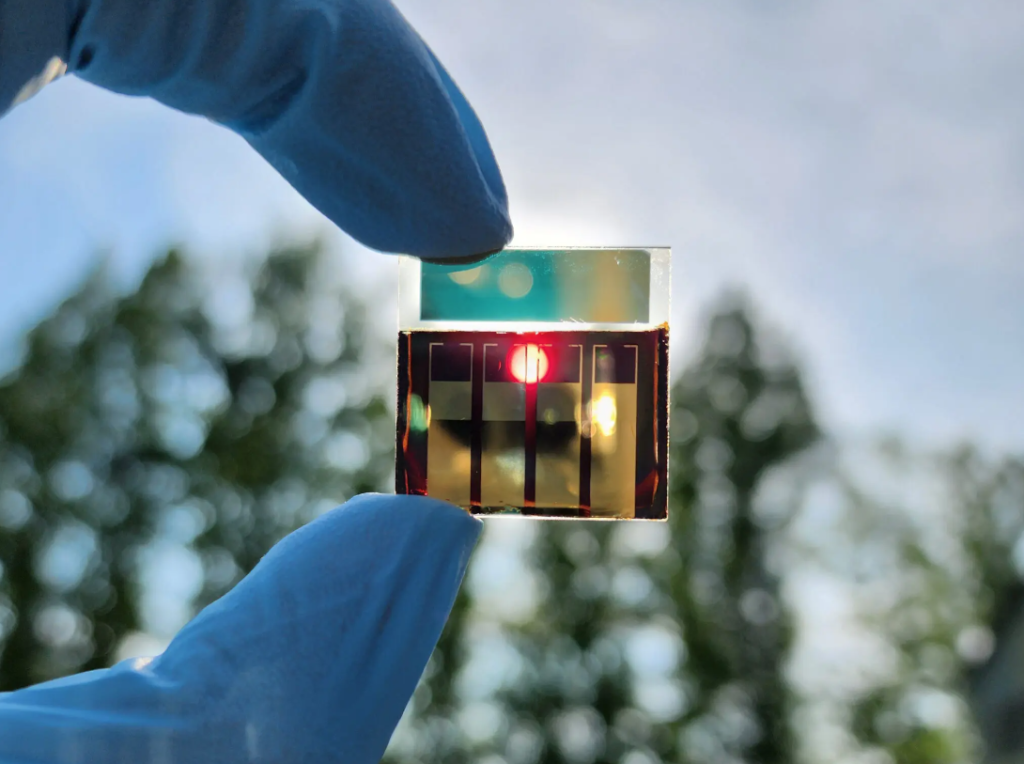More than 99% of initial efficiency after 240 h of operation
– Economy, stability and high efficiency are not the only qualities required for photovoltaic. For perfect technological integration, sector research has long pursued another characteristic: transparency. Transparent or semi-transparent solar cells, in fact, can be used to create glasses and windows that produce energy without depriving the interior of light. Or they can be stacked on traditional cells to give the right boost to multi-junction architecture. Provided, of course, that you do not have to give up the above attributes.
The last major step in this direction has been made by the Department of Photovoltaic Research of the Korea Institute of Energy Research (KIER), in collaboration with KIER Energy AI and the Computational Science Lab. Here, a team of scientists has developed perovskite semitransparent solar cells with a conversion efficiency of 21.68%. The devices represent a world record in the field and at the same time offer an enviable durability. More than 99% of their initial efficiency was maintained after 240 hours of operation.
Semitransparent Solar Cells in Perovskite, in search of the hitch
To achieve this, the group had to solve a major obstacle. To obtain semi-transparent photovoltaic it is necessary to replace the traditional metal electrodes of the cells with transparent electrodes that allow the passage of light. However, during the process, high-energy particles are generated, which leads to degradation of the performance of the gap transport layer.
A technical solution exists (it creates a protective pad between electrode and transport layer) but the final performance has always appeared disappointing. Scientists at KIER have used electro-optical analysis and computational science at the atomic level to understand the reasons for this and solve the problem. How? Adding stable lithium oxides to the “recipe“.
In this way, the group has developed semitransparent perovskite solar cells capable of converting 21.68% of sunlight into electricity, the highest value ever reached by this segment. He then applied the units as the upper cell of a tandem architecture, creating South Korea’s first double-sided multijunction solar cells, using light reflected from the back and incident from the front surface. Once tested, they showed equivalent double-sided efficiencies of 31.5% for four-terminal configurations and 26.4% for two-terminal configurations. the research was published in Advanced Energy Materials.

